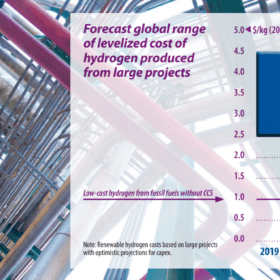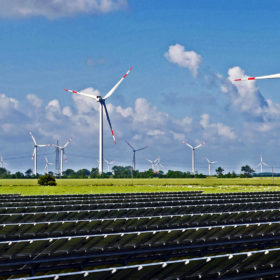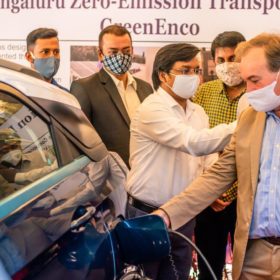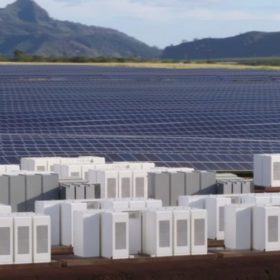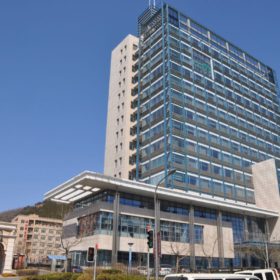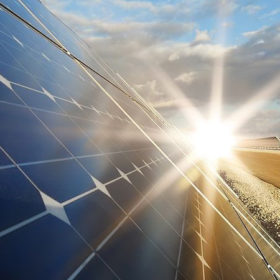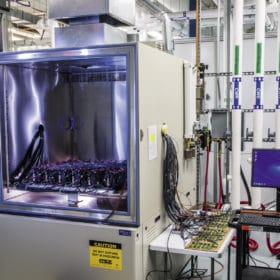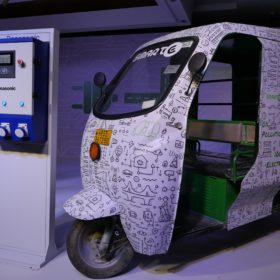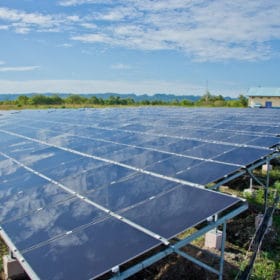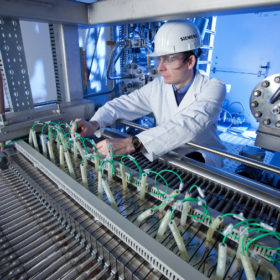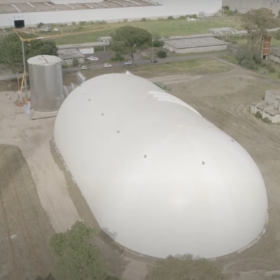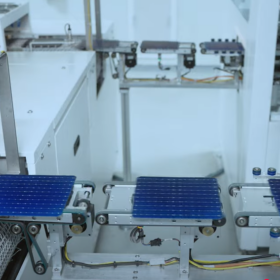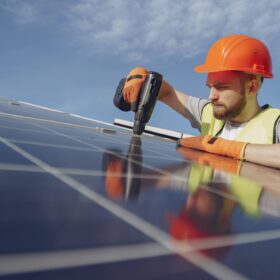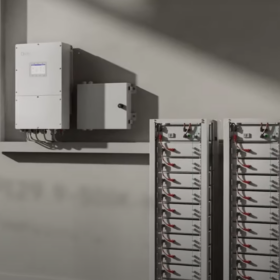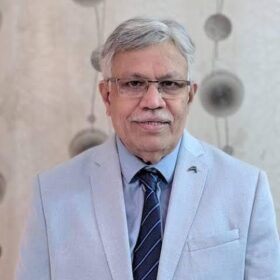The long read: Green hydrogen more than just a pipe dream
When coupled to gigawatt-scale solar and wind generation, green hydrogen could be the clean fuel to unlock hard-to-electrify sectors of the economy. But first it must be transported cost-effectively to where it’s needed.
‘Solar could supply half of a new 600 GW clean energy ambition’
U.S.-based researchers have modeled the costs of achieving 200 GW, 400 GW and 600 GW of renewables capacity in India this decade and concluded PV should supply no more than half of the generation facilities and policymakers should shift their focus to wind power.
IISc sets up off-grid EV charging station powered by Vikram Solar modules
The Indian Institute of Science (IISc), Bangalore has set up a solar-powered charging station to conduct the system’s impact assessment. The system—designed by UK-based renewable energy advisor GreenEnco—uses Vikram Solar’s 16 mono PERC solar modules of 400 Wp each, a hybrid inverter, and battery storage.
Could India establish itself as the global leader in energy storage?
In India, the lack of suitable fiscal incentives and relevant experience, combined with high upfront capital costs, has hindered the adoption of battery energy storage systems (BESS) in comparison to other developed countries. However, there is potential for the country to take the lead.
An aluminum battery that can charge in a fraction of a second
Scientists in China and the United States investigated the inner workings of aluminum-ion batteries. With new insights into mechanisms at work within the battery during cycling, the group was able to demonstrate a battery capable of ultrafast charging, with the highest capacity so far reported for an aluminum battery.
Haryana plans 93 MW solar power capacity
The Haryana Power Generation Corporation Limited (HPGCL) plans to develop 77 MW solar capacity on its own land and 16 MW on land owned by village councils.
The long read: Nickel and dime batteries to LFP
Lithium-ion phosphate batteries are making a comeback. Thanks to high nickel prices and limited feedstock supply, the EV industry is driving this change. There is no need to fret about the onset of slightly lower energy density, though, as this development has some benefits for the stationary storage market.
Indian electric rickshaw market could hit US$1.4 billion by 2025
The electric rickshaw market would grow at 33.3% annually over five years to touch $1,394.2 million by 2025.
Mini-grid company Husk Power doubled revenues in 2020
Bihar-based Husk Power Systems—which operates more than 100 mini-grids in India and Africa—recorded a 90% year-on-year growth in revenues and quadrupled business customers to 5000+. It expects the growth momentum to continue in 2021, with a 125% rise in revenues.
BGR Energy Systems gets Irish ally to produce green hydrogen
Ireland’s Fusion Fuel Green would first set up a demonstrator plant for BGR Energy to generate cost-competitive green hydrogen. The plant would come up in Tamil Nadu’s Cuddalore district in the second half of 2021. It would then co-develop projects with BGR throughout India.
